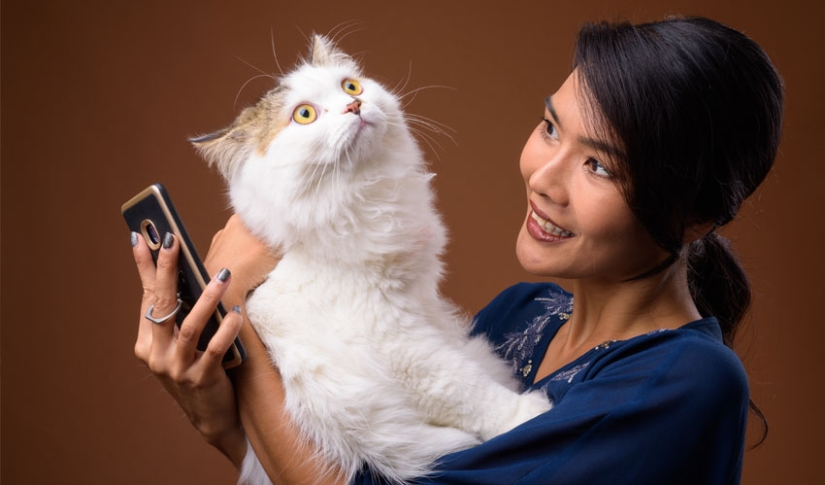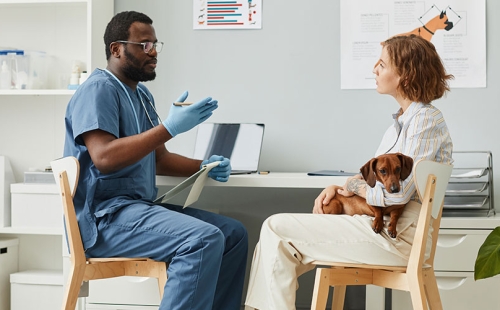A New Generation of Veterinary Client Communication

Grown-up Millennials and Gen Zers now comprise half the pet owners in the United States in an even split with the older generations, Gen X and Baby Boomers. Attitude shifts toward pet ownership, veterinary care, and overall pet spending mean that veterinary practices must adapt to meet the various needs and preferences. The younger pet-owning generations demand convenience and expect high-level care for their pets, who they increasingly see as family members or children. Here is a how-to guide for meeting these pet owners where they are.
Understanding Millennials and Gen Zers
Millennials were born between 1981 and 1996, and Gen Zers were born between 1997 and 2012. According to the American Pet Products Association (APPA), these combined generations make up half the current pet-owning population and feel differently about their pets than previous generations. They often view pets as family members, emphasize holistic care, and seek convenience. Importantly, they grew up in the technological age and expect veterinary practices to maintain a robust digital presence and use technology to facilitate communication.
What Millennials and Gen Zers want
Young pet owners have busy and active lifestyles and want quick, digital solutions to their problems. For example, pet owners who frequent daycare or boarding facilities want easy access to vaccination and preventive care records that they can access without calling or stopping by the clinic. Further, they prefer to communicate digitally whenever possible and expect seamless appointment bookings, reminders, and mobile apps. Additionally, young pet owners value transparency, clear communication, and informed decision-making—they want to be educated and will listen when you speak authentically.
Strategies for meeting expectations
Meeting new generational expectations requires that practices maintain flexibility, embrace change, and adopt new technologies. One strategy with significant benefits uses practice software with integrated digital communication solutions or that can pair with a separate communications platform. The best platforms offer:
- Online booking — Online booking allows clients to schedule appointments at their convenience and dramatically reduces the clinic call volume. Clients can also conveniently reschedule visits if necessary, reducing the number of no-shows who forget to call and cancel.
- Automated reminders — Appointment reminders delivered to your client’s inbox or mobile device are more effective than postcards that get lost in the mail. Automation ensures clients get multiple reminders without the need for a time-consuming phone call.
- Mobile health records — Access to mobile pet health records through a secure portal provides busy clients with copies of vaccination records, lab results, and treatment histories that they can easily share with the groomer, boarding facility, or specialist.
- Telehealth — Telehealth services may require a separate platform from your PIMS, but they are worth the additional time and financial investment. Remote visits offer the flexibility that young pet-owning generations seek from a practice.
Keeping younger generations engaged
Embracing technology will help you attract Millennial and Gen Z pet owners, but don’t stop there. Maintain an online presence on multiple platforms to keep them actively engaged with the practice and strengthen their relationships with team members. Many younger generation members look to social media before checking a website, because platforms like Instagram and TikTok are interactive and provide a real-life look into the practice happenings. Regular educational posts, patient stories, or hospital updates help build relationships with potential or existing clients.
Veterinary practices must adopt new technologies focused on convenience to meet Millennial and Gen Z pet owner expectations. These young pet owners also expect clear, authentic communication and want to be engaged in their pets’ care. Integrated client communication technology solutions offer tools that will help you meet the needs of these active, young, tech-savvy clients, build lasting relationships, and improve pet health outcomes.




